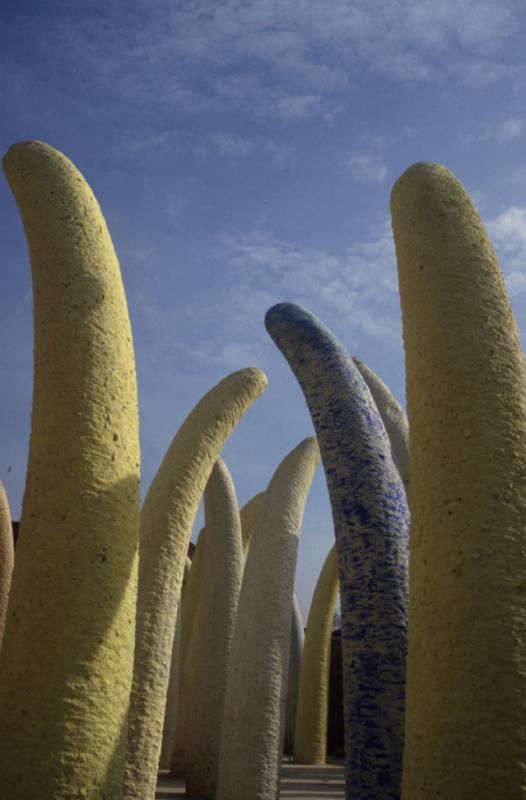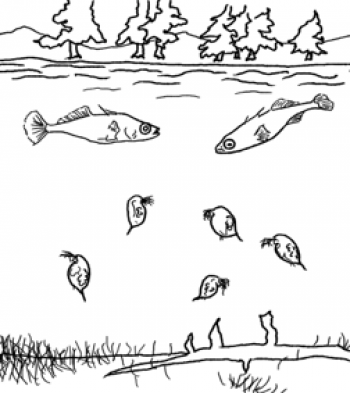BETWEEN WORLDS
fence electric hum
high tension highwire
balancing brinkman
ocular rivalry
criticise silence
drawn to lacuna minima
hemisphere boundary
k-means crackle
open balls excluded
diaspora'd deity
zero one never member
blackboard torn
SILENCE SCIENCE
no prisoners fallen carcasses
preserved in basement mortuary
not dead but hung urethane
mocked analyzed
violated terminally paralzyed
stimulate observe
exhume exhibit exemplify
silence science
between these battered shelves is war
subject battleline partitioned relics
ye who choose to make thy home
in theatre expect destruction
bulldozer carrion
no eating drinking
no talking or whispering
silence science
LIE
inconsistency
ruptures
bleeding for maintenance
shovelling gaping
requiring ministry
rewrite citations
sequent mountains
overlap rivals
exhaust constraints
burn glucose
maintain mountains
FIRE MOUNTAIN
runes
ruined
rubble
wrecked
ploughing
parched
futile cultivated crust
pathetic geometric etchings
removed and reconstructed
theorem
towers
await
centennial
belching
HEMISPHERES
battlefield tireless
advances inches
recruits spills ATP
threatens islands of certainty
territory irony on magma
each society temporary falls
destroy rebuild reuse merciless
heckling hemispheres






 In common experience, the term "adapting" usually refers to changes during an organism's lifetime.
In common experience, the term "adapting" usually refers to changes during an organism's lifetime.
